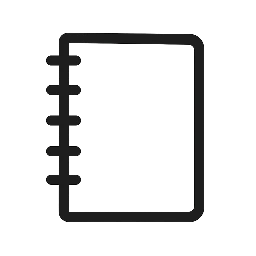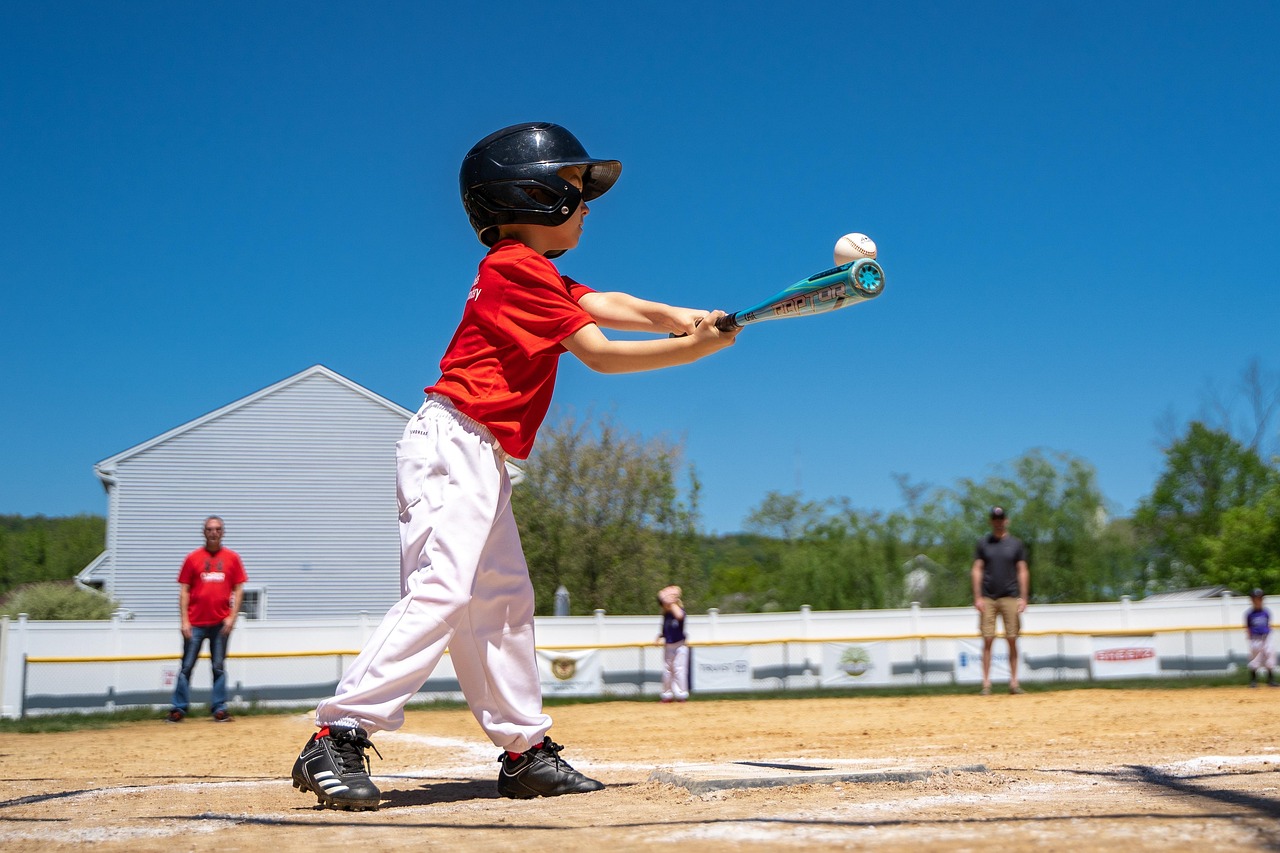Custom bats offer players the ability to tailor their equipment to specific preferences, improving comfort and potentially enhancing performance. They are designed to match a player’s height, weight, swing style, and hitting needs, making them more effective than standard bats.
Choosing a custom bat allows for adjustments in length, weight distribution, grip, and materials. This level of control can make a noticeable difference in handling and power during play.
Players serious about their game often find that investing in a custom bat provides a competitive edge and a better fit than off-the-shelf options. This article explores why custom bats matter and how to select the right one.
What Are Custom Bats?
Custom bats are designed specifically to meet the unique preferences and needs of the player. These bats differ from factory-standard models through their materials, design features, and tailor-made specifications.
They offer a wide array of options regarding materials, sizes, weights, and graphics, allowing players to optimize performance and comfort.
Materials for Custom Bats
Custom bats can be made from several materials, primarily wood, composite, and aluminum. Each material impacts bat performance and durability differently.
Wood bats are often crafted from ash, maple, or birch. Ash offers flexibility and lighter weight, maple is denser and harder for power, while birch combines some characteristics of both.
Composite bats use layered materials for a balance of strength and lightness. These are favored in higher-level amateur play due to reduced vibration and better swing speed.
Aluminum bats are popular for youth and amateur leagues. Aluminum provides durability and consistent performance with less breakage risk than wood.
Customization Options
Customization allows players to select length, weight, grip style, barrel diameter, and drop weight. Adjusting these factors affects swing mechanics and control.
Players can also design the bat’s aesthetics: colors, logos, and personalized text are common. Some manufacturers offer engraving or special finishes.
Grip materials vary too, including synthetic, cushioned, and tacky options, which help with handling and reduce shock on contact.
Differences Between Custom and Standard Bats
Standard bats come pre-made with fixed dimensions and limited design options. In contrast, custom bats are built to specific player requests.
Custom bats typically have more precise balance points and weight distribution tailored to individual swing styles. This can enhance performance significantly.
The personalization in custom bats often results in better comfort and confidence at the plate. Standard bats might suit casual players, but custom bats serve serious athletes aiming for optimized results.
Choosing and Ordering Custom Bats
Selecting a custom bat requires careful attention to size, weight, and design preferences. Players often focus on balancing durability and comfort while matching their style of play. The ordering process includes steps to personalize the bat precisely and ensure timely delivery.
Selecting the Right Size and Weight
Choosing the correct bat size depends on the player’s height, weight, and hitting style. A bat that is too heavy will decrease swing speed, while one too light may reduce power. Guides often recommend a length-to-weight ratio (drop weight) between -8 and -3, depending on league standards.
For example:
| Player Height | Suggested Bat Length | Approximate Weight (oz) |
| 5’0″ – 5’5″ | 29″ – 31″ | 20 – 24 |
| 5’6″ – 6’0″ | 31″ – 33″ | 24 – 28 |
| 6’0″ and up | 32″ – 34″ | 26 – 30 |
Players should test different weights to find one that balances control and power.
Personalization Features
Custom bats can include engraving, unique finish colors, and decals to reflect personal branding or team identity. Names, numbers, and logos are common choices. Players should consider visibility and durability of these features.
Materials also factor into customization. Options can range from different types of wood, such as maple or ash, to aluminum or composite materials. Each affects the bat’s performance and lifespan.
Ordering Process
Ordering starts with selecting a vendor that offers detailed customization options and clear specifications. Measurement guides and support services help ensure accurate size selection.
The customer provides details such as length, weight, material, and personalization instructions. Proofs or mock-ups are often sent for approval before manufacturing begins.
Typical turnaround ranges from 2 to 6 weeks, depending on vendor capacity and customization complexity. Payment and shipping options should be confirmed upfront to avoid delays.


Leave a Reply